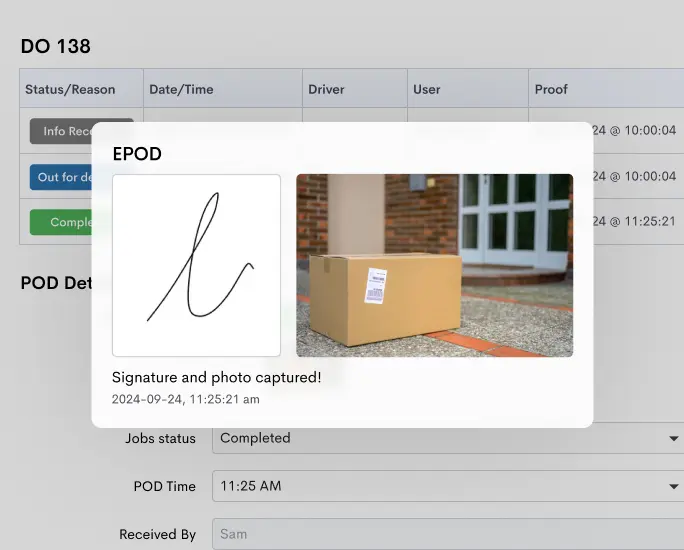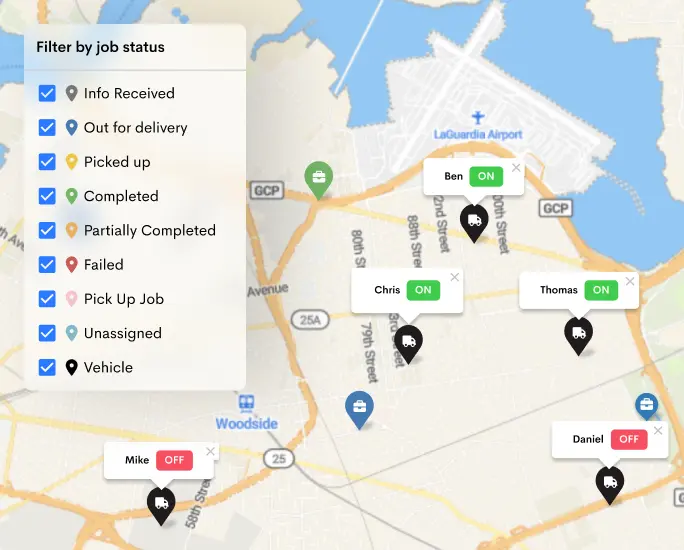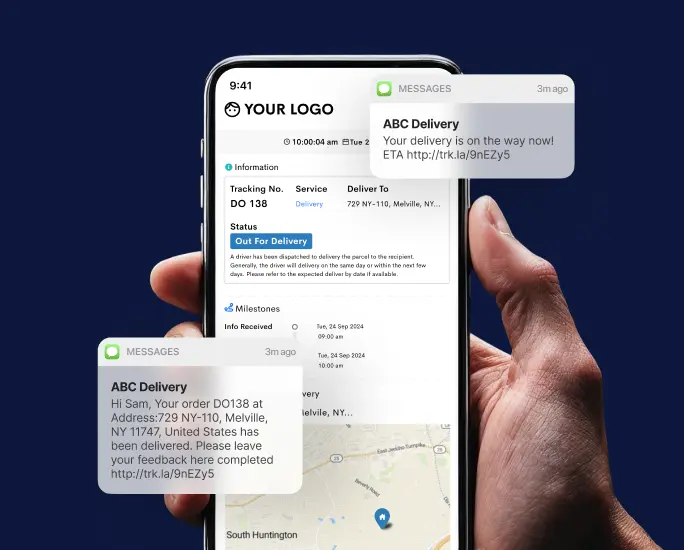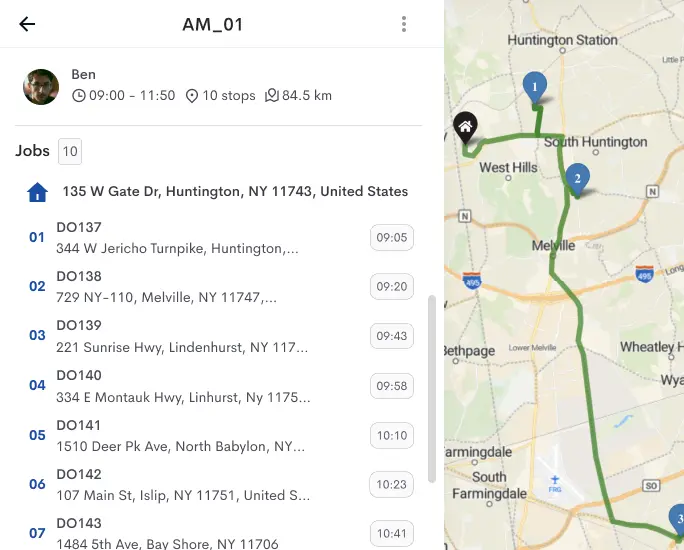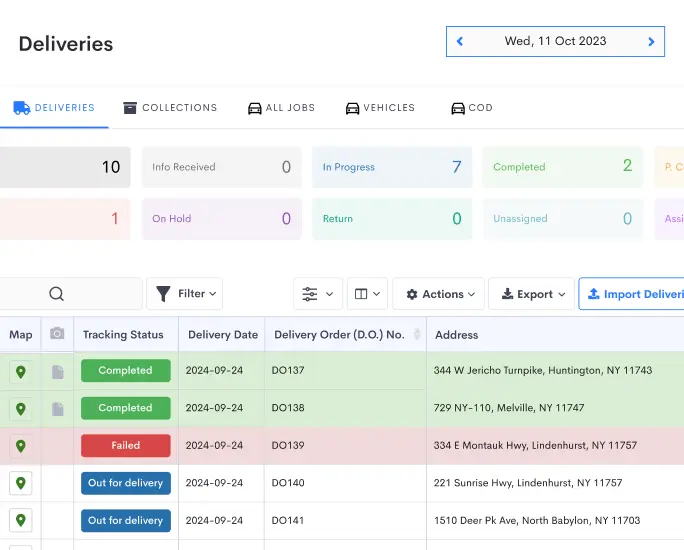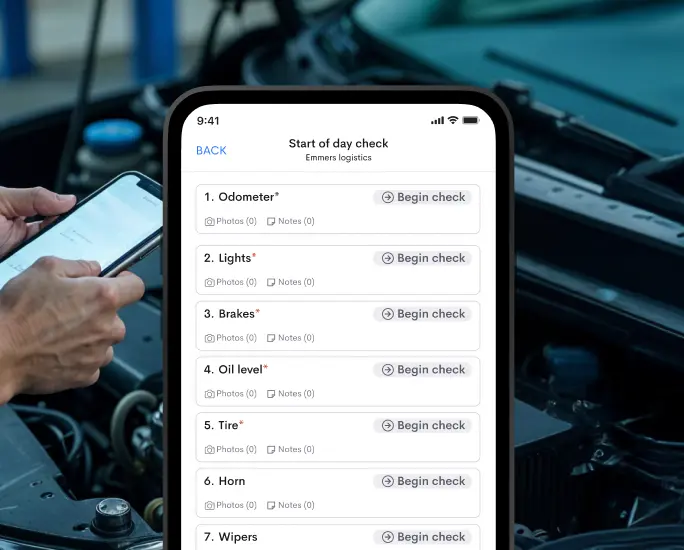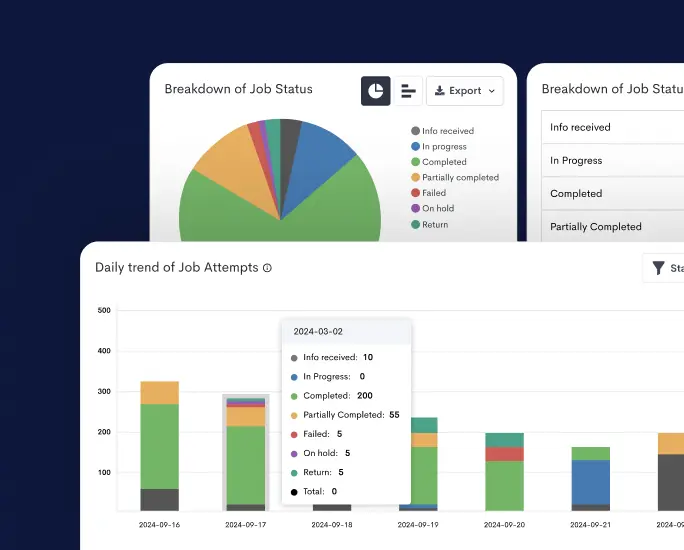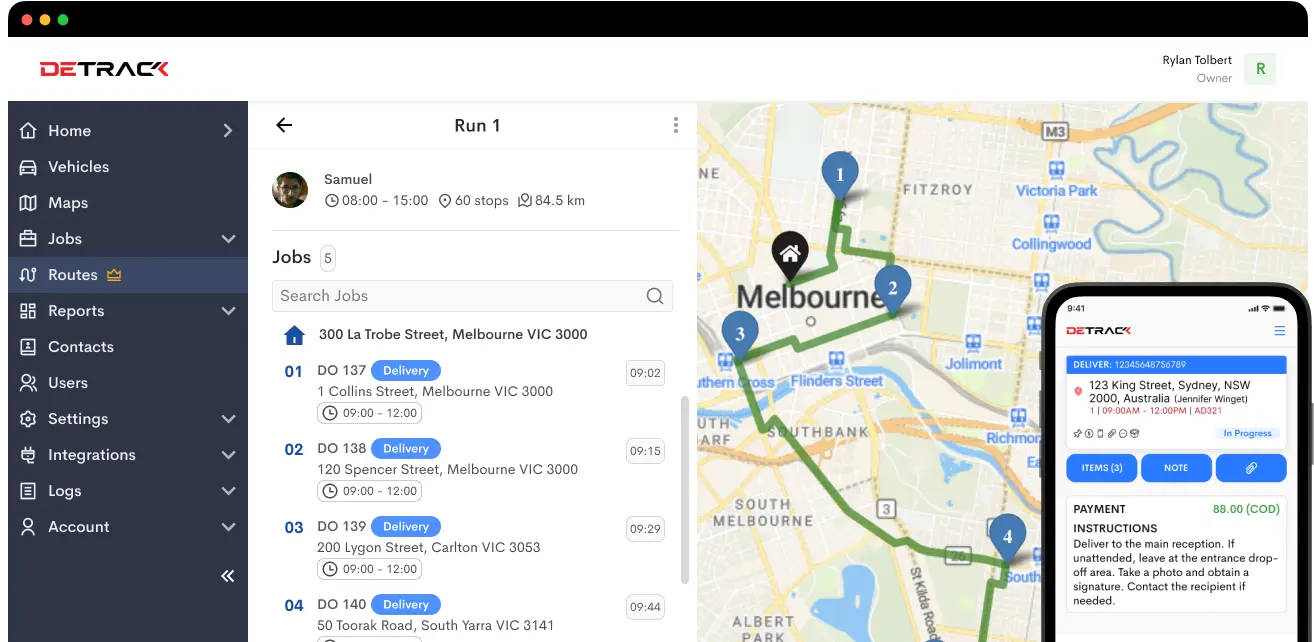Fleet management is crucial for businesses reliant on transportation to deliver goods or services. Effectively managing a fleet ensures timely deliveries and contributes to cost reduction and overall business efficiency.
In this guide, we’ll explore key strategies to optimize fleet management, enhance operational efficiency, and reduce costs.
| Drive Efficiency and Safety with Comprehensive Fleet Management Software Ensure the safety and efficiency of your fleet with our all-encompassing management solution. From route optimization to compliance tracking, our software covers all aspects of fleet management. Try Detrack Today! |
How to Improve Fleet Management: Strategies for Efficiency and Cost Reduction
1. Implementing Advanced Tracking Systems
One of the cornerstones of efficient fleet management is the implementation of advanced tracking systems, such as GPS and telematics. These technologies provide real-time monitoring of vehicles, enabling fleet managers to track their location, speed, and route efficiency.
Businesses can optimize routes, reduce fuel consumption, and improve overall fleet productivity by leveraging GPS tracking. Telematics systems offer additional benefits by monitoring vehicle health, predicting maintenance needs, and minimizing downtime through proactive servicing.
2. Maintenance and Vehicle Health
Regular maintenance is essential for keeping fleet vehicles in optimal condition and preventing costly breakdowns. A structured maintenance schedule ensures that vehicles undergo routine inspections, oil changes, and necessary repairs.
Embracing predictive maintenance techniques further enhances efficiency by using data analytics to predict component failures before they occur, thereby reducing unexpected downtime and repair costs.
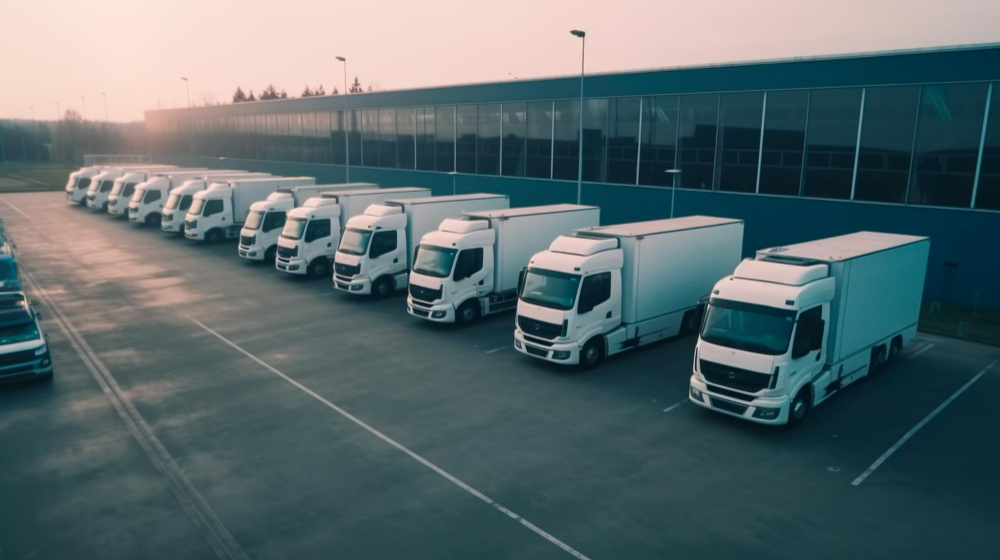
3. Driver Training and Safety
Drivers play a pivotal role in fleet efficiency and safety. Providing comprehensive training on safe driving practices, fuel-efficient techniques, and vehicle maintenance awareness can significantly impact operational costs.
Encouraging drivers to adopt eco-driving habits, such as reducing idling time and avoiding sudden accelerations, not only conserves fuel but also extends vehicle lifespan and reduces maintenance expenses.
4. Utilizing Data Analytics
Data analytics revolutionizes fleet management by providing actionable insights into vehicle performance, fuel usage, maintenance costs, and driver behavior. Fleet managers can leverage these analytics to identify inefficiencies, optimize routes based on historical traffic patterns, and make data-driven decisions to improve fleet operations.
Investing in advanced fleet management software helps consolidate and analyze data effectively, enabling informed decision-making that enhances efficiency and cost-effectiveness.
5. Optimizing Route Planning
Efficient route planning is crucial for minimizing mileage, reducing fuel consumption, and improving delivery times. Utilizing route optimization software considers traffic patterns, customer locations, and delivery windows to create the most efficient routes for drivers.
Businesses can achieve significant cost savings by reducing unnecessary mileage and optimizing delivery schedules while enhancing customer satisfaction through timely deliveries.
6. Embracing Green and Sustainable Practices
Adopting green and sustainable practices benefits the environment and contributes to cost reduction in fleet operations. Incorporating electric or hybrid vehicles into the fleet reduces carbon emissions, lowers fuel costs, and may qualify for government incentives or tax credits.
Additionally, implementing eco-friendly driving policies, such as vehicle speed restrictions and maintenance of optimal tire pressure, further supports sustainability efforts while reducing operational expenses.
7. Compliance and Regulatory Requirements
Compliance with regulatory standards and safety regulations is non-negotiable in fleet management. Businesses must stay informed about local, state, and federal regulations governing vehicle safety, emissions standards, and driver hours of service.
Maintaining compliance avoids penalties and legal consequences and upholds the company’s reputation as a responsible corporate citizen committed to safety and regulatory adherence.

8. Cost Management Strategies
Effective cost management is essential for maximizing profitability in fleet operations. Negotiating favorable terms with suppliers, optimizing inventory management, and leveraging bulk purchasing agreements can significantly reduce procurement expenses.
Implementing cost-effective maintenance practices, such as in-house servicing for minor repairs and proactive parts replacement, helps control operational costs without compromising fleet reliability or service quality.
9. Fleet Expansion and Scalability
As businesses grow, scaling fleet operations requires careful planning and strategic decision-making. Evaluating fleet expansion opportunities, selecting suitable vehicle types for new operational needs, and considering geographical factors when expanding into new regions are essential considerations.
Implementing scalable fleet management solutions and maintaining operational flexibility ensures that businesses can adapt to changing demands while maintaining efficiency and cost-effectiveness.
Conclusion
Improving fleet management requires a holistic approach integrating advanced technologies, data-driven insights, sustainable practices, and proactive cost management strategies.
By implementing these strategies, businesses can enhance operational efficiency, reduce costs, and achieve sustainable growth in their fleet operations. Continuous improvement and adaptation to industry trends and technological advancements are key to maintaining a competitive edge in today’s evolving business landscape.
Ready to optimize your fleet management practices? Implement one or more strategies to streamline operations, reduce costs, and enhance efficiency. Share your experiences, challenges, or questions in the comments below to start a conversation on improving fleet management in your organization.

